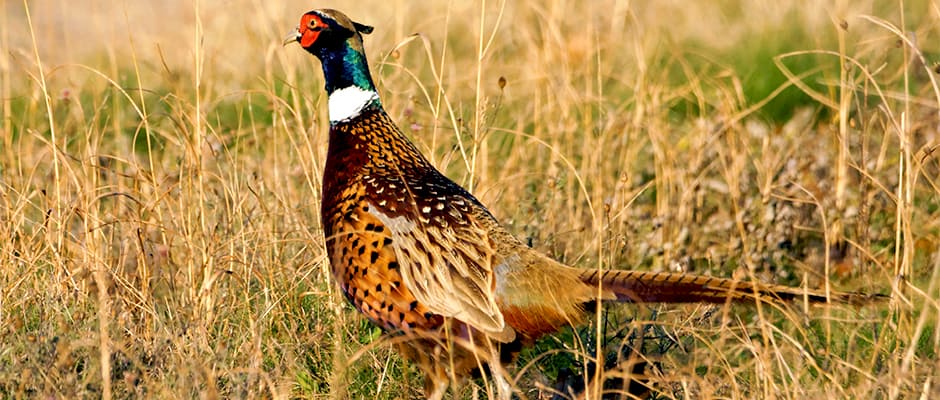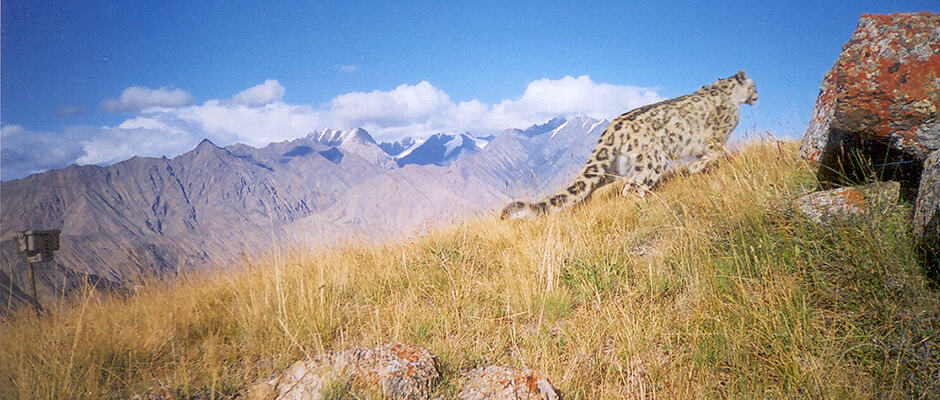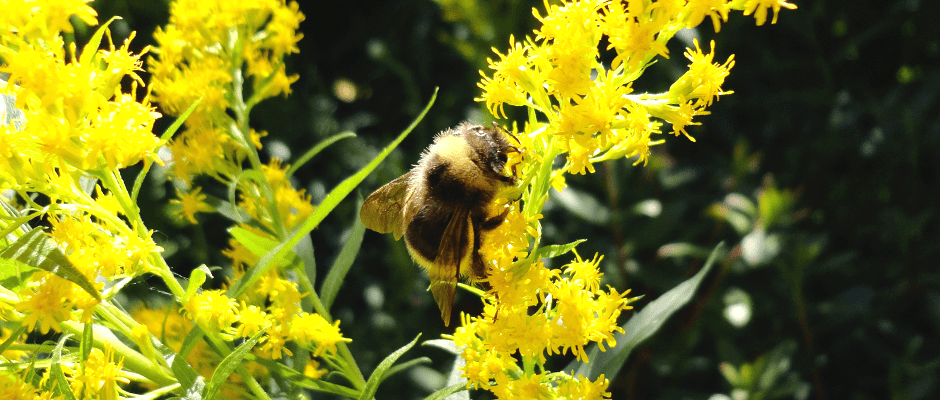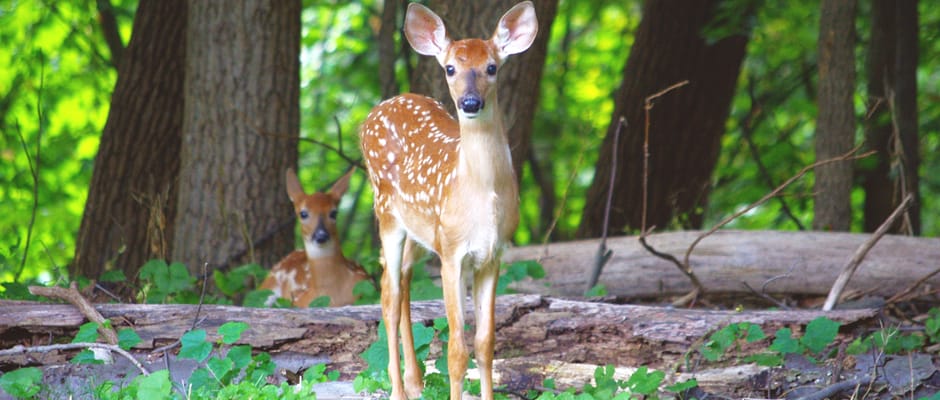- News
-
-
-
-
-
Latest News Articles
- Wildlife Vocalizations: Kylie Perez April 19, 2024
- Warning drivers about wandering wildlife April 19, 2024
- 2024 TWS Elections: Canadian Representative April 18, 2024
-
-
-
- Wildlife Professional Resources
-
- Our Network
-
- PUBLICATIONS
-
-
Recent Posts
-
 The Wildlife Professional November/December Issue
November 1, 2023
The Wildlife Professional November/December Issue
November 1, 2023
-
-
-
-
-
-
- Wildlife Events
-
-
-
Upcoming Webinars
- No Events
-
-
-
- Who We Are
-
Category: TWS Wildlife News

April 15, 2016
Similar response to climate change in European and US birds
Common birds in the United States and Europe have responded in similar ways to climate change in the last 30 years. “There are a lot of things that drive populations...

April 13, 2016
Minnesota considers non-toxic shot rule amid legislative opposition
In an effort to minimize lead deposits on public land, the Minnesota Department of Natural Resources (DNR) is considering banning lead shot for small game on wildlife management areas in...

April 13, 2016
Snow leopards may eat more big animals than previously thought
Snow leopards eat a lot more big ungulates than researchers may think, according to a new study. Snow leopards are notoriously elusive — one member of The Wildlife Society has...

April 12, 2016
Tracking the spread of bee pathogen in North America
In the game of chess, taking your opponent’s queen puts the rest of the kingdom in danger. Taking queen bumble bees from the U.S. to Europe in the past might...

April 7, 2016
Improving wildlife damage management one sense at a time
What do disease detection, repellents, and aircraft-bird collisions have in common? All require a knowledge of how animals perceive their surroundings. Scientists at the National Wildlife Research Center (NWRC), the...

April 5, 2016
What genetics say about California Island foxes
While they may look alike, foxes on six different islands in California’s Channel Islands are actually very genetically different. The reason for these differences? According to a recent study, it’s...

April 1, 2016
Male Indiana bats’ roost preferences revealed
Federally endangered Indiana bats need to find the best trees to roost in during the fall in order to maximize their weight gain and survive winter hibernation. In a recent...

March 31, 2016
Releasing captive deer isn’t good for local economies
Schemes to increase the antler size of wild deer by introducing captive-bred animals with trophy racks may cost more than they are worth. “Areas of land known for producing larger...

March 30, 2016
Where do the bats killed by turbines come from?
Genetic and isotope detective work is revealing the mysteries of where some of the bat species most often killed by wind turbines come from. “These are an enigmatic species,” said...

March 25, 2016
BLM releases policy to prevent disease in bighorn sheep
Separation is the best management to conserve bighorn sheep in areas of domestic sheep grazing, according to a new interspecies management policy by the Bureau of Land Management. The agency...

